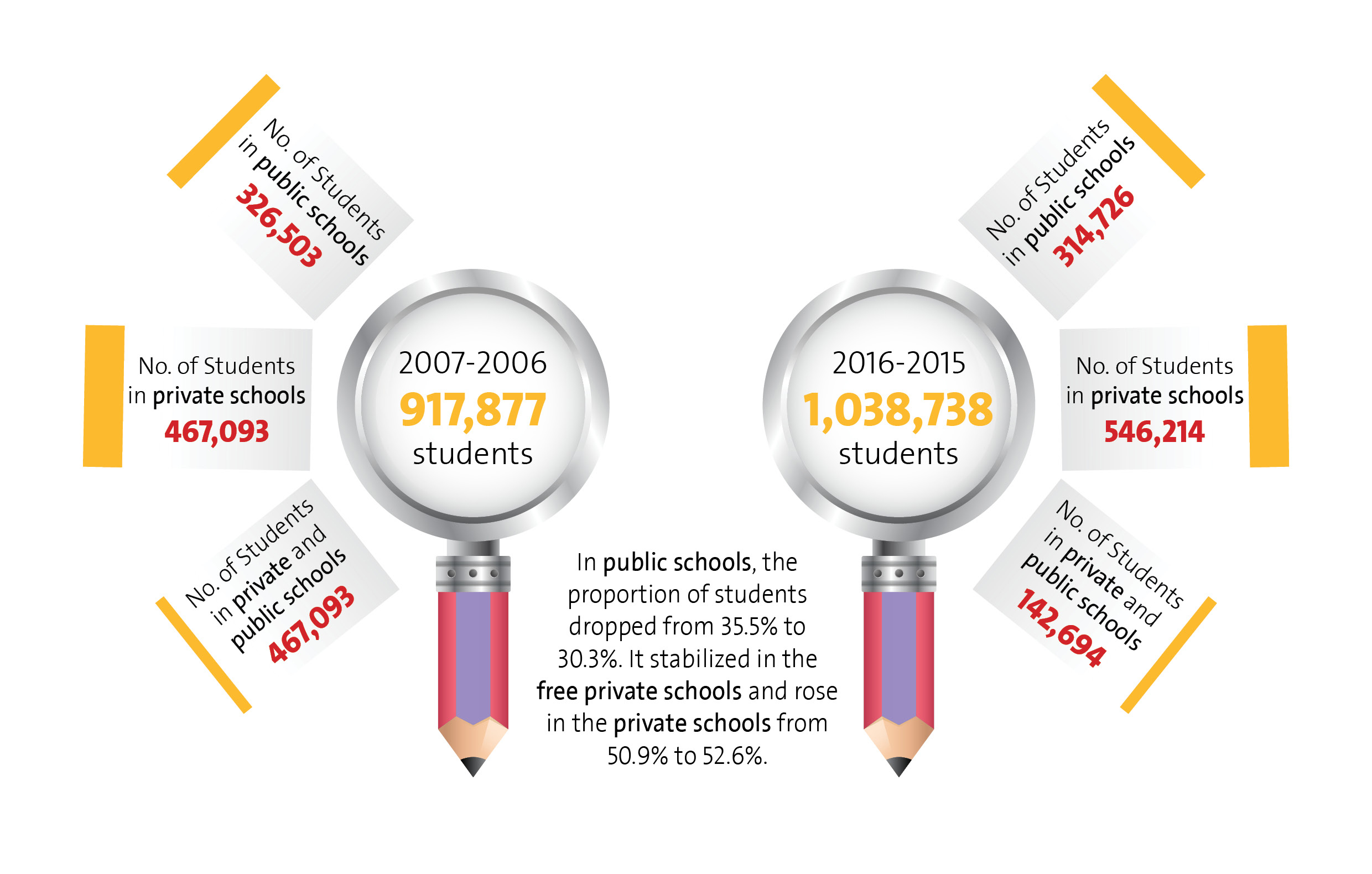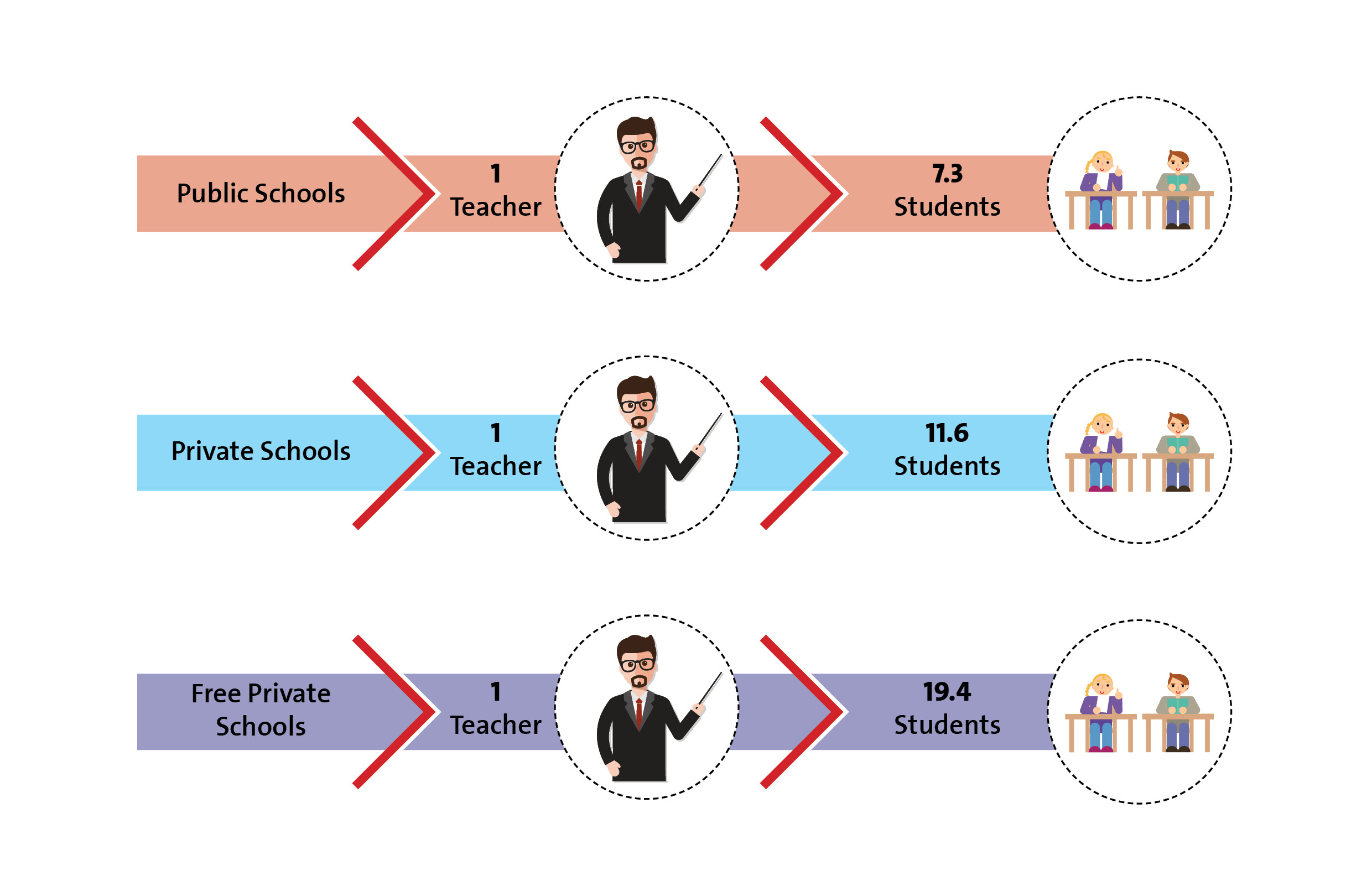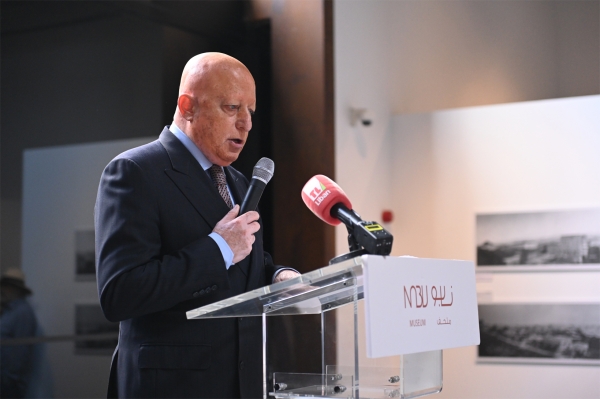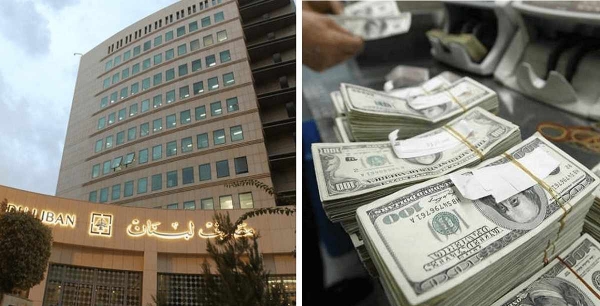Pre-university education
Pre-university education in Lebanon (2007-2016):
Public education on the decline
Education, namely the pre-university education, is one of the basic pillars of nations’ evolution and progress. The more the number of learners is high, the more the nations advance. Thereupon, how was the Lebanese educational situation over the last ten years?
Number of Students:
Over a ten-year period (2007-2016), the number of Lebanese students rose from 917,988 to 1,038,732, i.e. by 120,681 students (an increase of 13.2%). What is striking about this increase is that it does not equally cover the various education sectors; the number of students who enrolled in free private schools* increased by 17%.

Table No.1 below shows the number of students in education sectors:
Table No.1: Number of Students in Education Sectors
| Number of students in public schools | Number of students in private schools | Number of students in private and public schools | Total | |
| 2006-2007 | 326,503 | 467,093 | 124,281 | 917,877 |
| 2015-2016 | 314,726 | 546,214 | 142,694 | 1,038,738 |
| % of total students 2007-2016 |
35.5% ↓ 30.3% |
50.9% ↓ 52.6% |
13.5% ↓ 13.7% |
Source: Center for Educational Research and Development (CRDP)
In public schools, the proportion of students dropped from 35.5% to 30.3%. It stabilized in the free private schools and rose in the private schools from 50.9% to 52.6%.
Number of Schools:
The number of schools stood at 2,812 in the academic year 2006-2007. It rose to 2,854 in 2015-2016 (including 67 UNRWA schools) and was distributed as follows:
- Public schools: 1,393. Their number decreased to 1,260.
- Private schools: 1,040. Their number rose to 1,156.
- Free private schools: 379. Their number dropped to 371.
Number of Teachers:
In the academic year 2006-2007, the number of teachers stood at 87,757 of whom 39,945 (45.5%) were public school teachers. However, it rose in 2015-2016 to 94,454 of whom 45.2% were public school teachers.

Table No. 2 shows the distribution of teachers by education sectors and type of employment contracts (full-time employee, part-time employee, or volunteer**)
Table No.2: Number of Teachers by Education Sectors and Type of Employment Contracts
| Employment Contract | Public Schools 2007 | Public Schools 2016 |
Private Schools 2007 |
Private Schools 2016 |
Free Private Schools 2007 | Free Private Schools 2016 | Total 2007 | Total 2016 |
| Full-time Employee | 27,714 | 22,949 | 23,497 | 28,041 | 5,048 | 5,048 | 56,259 | 57,866 |
| Part-time Employee | 11,127 | 318,851 | 17,018 | 18,136 | 1,365 | 1,365 | 29,510 | 38,898 |
| Volunteer | 11,127 | 886 | 671 | 663 | 213 | 140 | 1,988 | 1,690 |
| Total | 39,946 | 42,686 | 41,186 | 46,840 | 6,626 | 7,329 | 87,757 | 94,454 |
Source: Center for Educational Research and Development (CRDP)
French Language on the decline:
Lebanon was originally known as a Francophone country, but this is no longer the case. The number of students who learn French language as the first foreign language has declined over the past years, reaching 555,490 (53.5% of total students in 2016) compared to 580,641 (63%) students in 2007 and 70% in 1997.
About Figures:
- Students in public schools constitute less than one-third (30.3%) of the students in pre-university general education.
- The number of students in public schools decreased by 3.6% while the number of teachers increased by 6.8%.
- In public schools, there is one teacher for every 7.3 students. However, there is one teacher for every 11.6 students in private schools and one teacher for every 19.4 students in free private schools.
- Part-time teachers represent a quite high proportion (41.1%) of the total number of teachers. This percentage varies from sector to sector, with 44.1% in public schools, 38.7% in private schools, and 21.9% in free private schools.
*Mainly religious and NGO’s schools funded by the state.
**Those are paid by religious organizations to teach religion in schools.








Leave A Comment